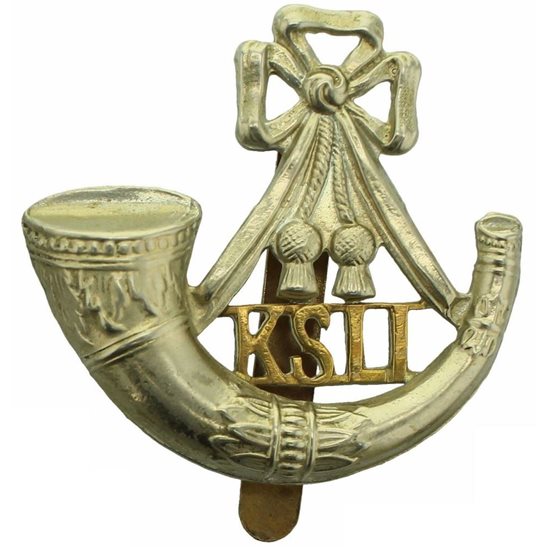Personal Details
Born: 16 April 1889 in Grindley Brook, Whitchurch, Shropshire and baptised on 22 May the same year in St. Alkmund’s Parish Church, Whitchurch.
Family: He was the fifth of ten children born to Henry Madeley, a labourer and his wife Mary Elizabeth. He married Elizabeth A Elsley in 1920 in Whitchurch and together they had three children – Phyllis J, Florence N and Thomas H.
Residence: He lived in Grindley Brook at the time of his baptism, in 1901 and 1939. In 1919 his address was Bradley Bank, Malpas, Cheshire; at the time of his death he was living at 23 Yardington, Whitchurch.
Employment: In 1907 and 1909 he was a labourer working for the London and North Western Railway. In 1939 he was an agricultural labourer.
Died: 20 November 1961 at Deermoss Hospital, Whitchurch, aged 72, and was buried on 27 November the same year in Whitchurch cemetery.
Military Details
Regiment: King’s Shropshire Light Infantry (previously Shropshire Yeomanry)
Rank: Sergeant
Service Number: 26586
Date of Enlistment: 26 September 1914
Date of Discharge: 17 April 1919
Reason for Discharge: Surplus to military requirements
Wilfred was awarded the Military Medal, Campaign Medals (British War medal and Victory medal) and Silver War Badge (number 504570)

The British War Medal (also known as 'Squeak') was a silver or bronze medal awarded to officers and men of the British and Imperial Forces who either entered a theatre of war or entered service overseas between 5th August 1914 and 11th November 1918 inclusive. This was later extended to services in Russia, Siberia and some other areas in 1919 and 1920. Approximately 6.5 million British War Medals were issued. Approximately 6.4 million of these were the silver versions of this medal. Around 110,000 of a bronze version were issued mainly to Chinese, Maltese and Indian Labour Corps. The front (obv or obverse) of the medal depicts the head of George V. The recipient's service number, rank, name and unit was impressed on the rim.
The Allied Victory Medal (also known as 'Wilfred') was issued by each of the allies. It was decided that each of the allies should each issue their own bronze victory medal with a similar design, similar equivalent wording and identical ribbon. The British medal was designed by W. McMillan. The front depicts a winged classical figure representing victory. Approximately 5.7 million victory medals were issued. Interestingly, eligibility for this medal was more restrictive and not everyone who received the British War Medal ('Squeak') also received the Victory Medal ('Wilfred'). However, in general, all recipients of 'Wilfred' also received 'Squeak' and all recipients of The 1914 Star or The 1914/1915 Star (also known as 'Pip') also received both 'Squeak' and 'Wilfred'. The recipient's service number, rank, name and unit was impressed on the rim.

The Silver War Badge was issued in the United Kingdom and the British Empire to service personnel who had been honourably discharged due to wounds or sickness from military service in World War I. The badge, sometimes known as the "Discharge Badge", the "Wound Badge" or "Services Rendered Badge", was first issued in September 1916, along with an official certificate of entitlement.

